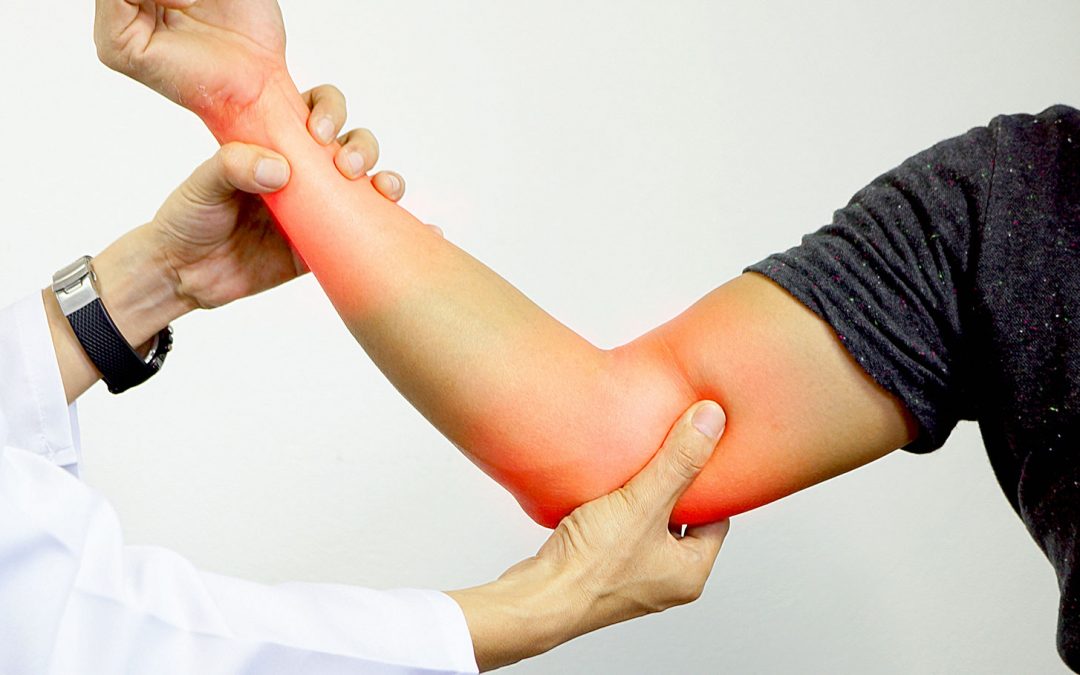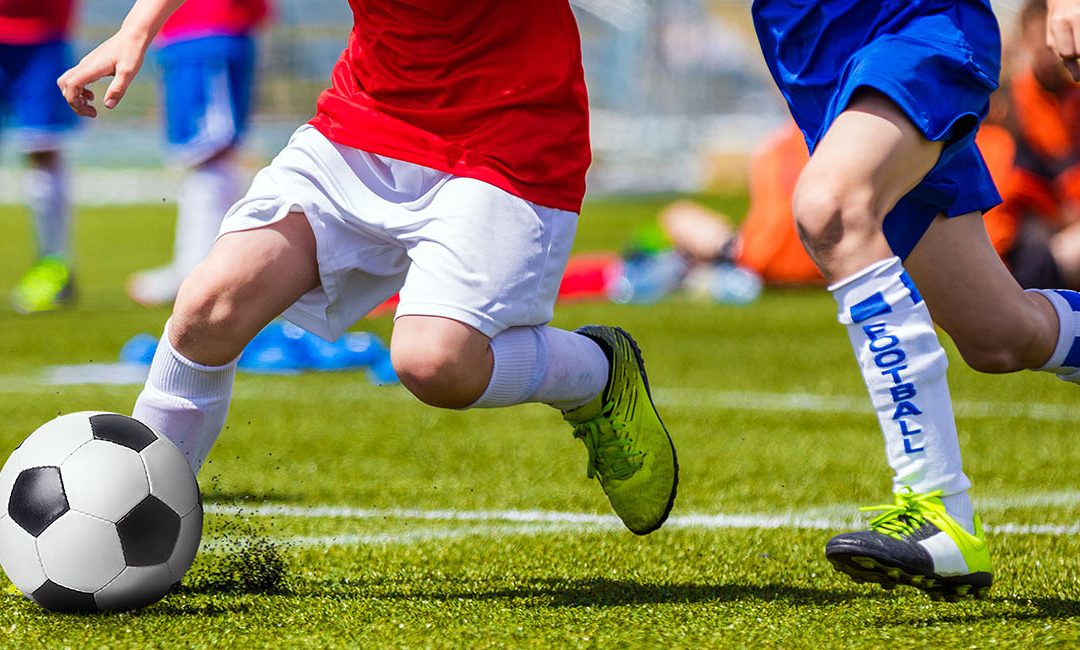Welcome To Our Blog

Orthopedic Treatment For Ulnar Nerve Entrapment
Ulnar Nerve Entrapment, also known as the Cubital Tunnel Syndrome, refers to a medical condition in which the ulnar nerve gets irritated or trapped. It is one of the three main nerves in the human arm that originates near the neck and runs down the entire length of the arm to the hand. The nerve provides sensation to the ring and the little finger besides enabling the arm muscles to form a grip. It may get compressed along this path, most commonly it happens at the collar bone, elbow joint or the wrist. The condition should be addressed with timely medical care as it may lead...

De Quervain’s Tendinitis: Causes, Symptoms And Treatment
De Quervain's Tendinitis is a medical condition that affects the tendons located at the base of the thumb. There are two main tendons in the thumb which pass through a tunnel kind of an enclosure referred to as the sheath. A thin layer of slippery tissue, called synovium, covers the tendons and facilitates their passage through the sheath. Irritation or constriction may cause these tendons to swell and rub against the outer sheath. The condition mainly affects women between the age of 35 and 50 years. Causes Prolonged repetitive movement of the hand and wrist joint while...

Charcot Foot
Charcot Foot refers to a progressive foot deformity that occurs as a result of nerve dysfunction or damage. This causes the bones in the foot joint to become so weak and brittle that they may be easily dislocated or fractured. Weight bearing and walking further pressurizes the foot, causing it to change its shape. This may lead to permanent disability.Charcot Foot is mainly observed in people suffering from Diabetes. However, it may also affect people suffering from Leprosy or Syphilis. The condition has a high probability of reoccurring even after treatment and is therefore...

Lumbar Herniated Disc
The lumbar spine refers to the lower back which is made up of 5 small bones called vertebrae. A fibrous pad called the intervertebral disc is stacked between each vertebra to absorb all the external shocks on the spine. The disc is divided into two main parts- the outer ring and inner ring. The outer called the annulus fibrosus holds a gel like substance called the nucleus pulposus. A break or a crack in this outer ring causes the inner gel (nucleus pulposus) to flow out of the disc space. This condition is termed as Lumbar Herniated Disc. It can compress the small nerve roots...

Transient Synovitis: Causes, Symptoms And Treatment
Transient Synovitis, Toxic Synovitis or Irritable Hip is a medical condition observed in children between 3-8 years that causes pain in the hip joint followed by limping. The underlying cause is the inflammation in the lining of the synovial joint. Although the condition is usually transitory, it may lead to Osteoarthritis in the later stages of life or may recur in case the child acquires infection. Causes The hip lining may be affected following a viral infection, usually of the upper respiratory system A fall or an injury to the hip joint Reaction or after effects of...

